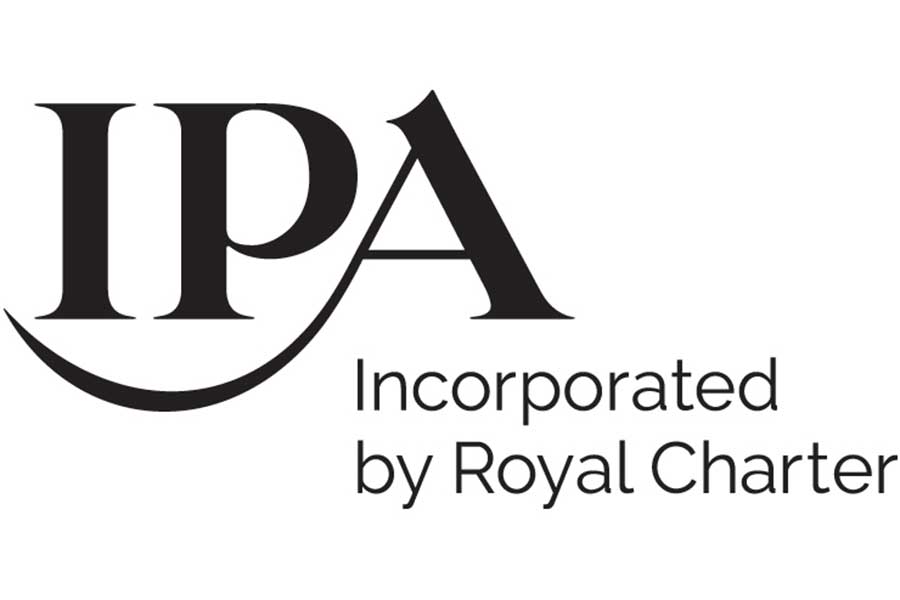Universities have had to deal with considerable challenges over the past 12 months. The pandemic has meant that many higher education institutions have had to deal with physical shut down and reopening, manage outbreaks of Covid 19 among students and staff, and have been forced to move tuition online with little or no time to properly plan what is a significant strategic shift.
Luckily, fears of a drop in admissions have not materialised, with enrolment at top tier universities up 11% on 2019, and international admissions up 1.7%, according to data from the University and College Admissions Service released at the end of last year. The big-name universities have very much benefitted from the jump in A-level grades following the government’s U-turn to centre-assessed marks awarded by teachers.
But this has not been good news for all institutions, with some mid and lower tier universities seeing little year-on-year improvement in enrolment. And it could be argued that this surprise boost in numbers is actually masking the reality that too many universities are actually quite old fashioned in the way that they market themselves to students, relying heavily on traditional ‘brand’ advertising.
With the real success story of 2020 being how many universities migrated to online in their teaching and studying options, higher education institutions across the board would be well advised to more fully embrace digital platforms in their marketing as well.
Why higher education must embrace digital direct response advertising
The established universities have been skilful in their traditional marketing over the years, using advertising planning to distil core values, producing eye-catching creative work and investing in TV and outdoor media for conspicuous awareness. But this is no longer enough to properly engage students and effectively convert admissions.
While universities are clearly using digital media, many need to follow in the footsteps of sectors such as retail, and properly invest in direct response digital advertising. And let’s be clear, today’s students are heavy consumers of digital media. A staggering 100% of students now use at least one social media site on a regular basis, according to UCAS, and 76% watch on-demand or streamed content online.
So what do we mean by direct response digital advertising?
This is the use of consumer data to fine tune media targeting across digital media channels. Online – including internet search and social media – will be a core channel, but increasingly the focus will also be on digital/online TV, digital out-of-home (eg billboards and bus shelters ) and digital radio. This fine-tuned targeting across digital platforms is all about delivering more student enquiries in a more cost-effective way.
The types of data used by universities will include demographic and behavioural data about students. It will also include registration data, for example at student fairs, events and websites. All of this data will be used to refine advertising targeting.
Data is either submitted knowingly by the user to the media (eg Facebook or Google keyword data), or in many cases unknowingly via cookies (automatically generated text files that identify the computer use). Use of this data can reduce wastage in advertising spend and significantly increase return on advertising investment.
Media agencies are able to advise about smart use of data and how best to fine tune advertising campaigns, as are the support teams at Google and Facebook – particularly as it relates to targeting potential students via internet search and social media.
Universities would be well advised to become experienced with programmatic media
This is planning and buying media using automated software, rather than manually deciding where the advertising runs and physically buying the advertising space. Programmatic advertising is one of several innovations in automation that is saving money for advertisers and making the process of advertising far more efficient.
Mobile and video-on-demand can also now be incorporated into the media schedules of university ad campaigns – both have been proven to increase engagement with students. And, universities should explore pay-per-lead advertising opportunities with trusted digital media partners – such as websites popular with students – as it’s one of the most effective and targeted ways of using media in advertising.
The ideal approach for universities is to effectively combine traditional brand advertising with sophisticated direct response digital advertising. In this way they will get the benefit of direct engagement with potential students (short term marketing) combined with the building of their reputation and awareness (longer term marketing).
By fully embracing direct response digital advertising, the well-established universities are able to be far more efficient with their budget, more effective in their targeting and to be better at converting harder audiences. The smaller, tier 2 universities, are able to use direct response digital advertising to significantly increase admissions – some are sustaining growth in applications and enrolment of up to 20% – well beyond the sector average.
Direct response can also significantly increase a university’s share of internet search, an increasingly important metric for digital advertisers.
While there is no doubting the collective sense of relief that would have greeted this year’s admission figures, many universities will have to work hard to maintain sustainable growth. Investing in direct response digital advertising should be an important part of this growth strategy. It ensures that universities are targeting the right students in the right way and are using money effectively to drive admissions.
Ciaran Deering, Head of Online, The Grove Media
This article first appeared in FE News, link below
Picture reproduced by kind permission of Good Free Photos @ Unsplash










